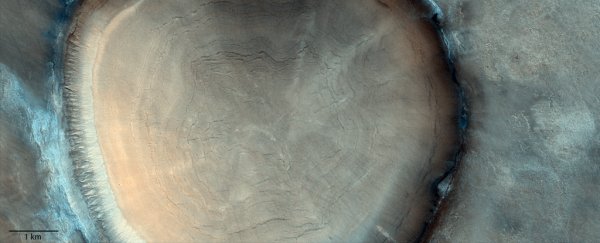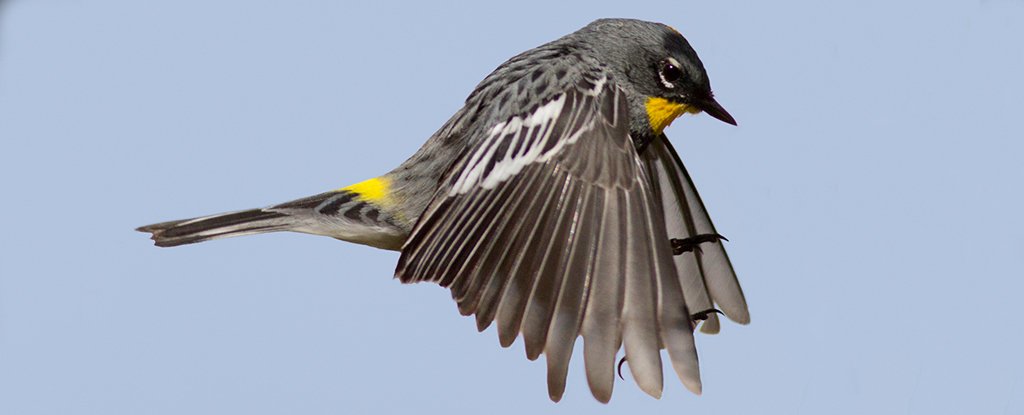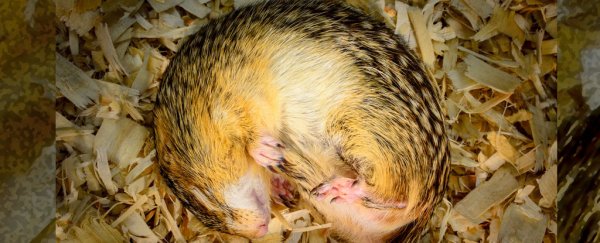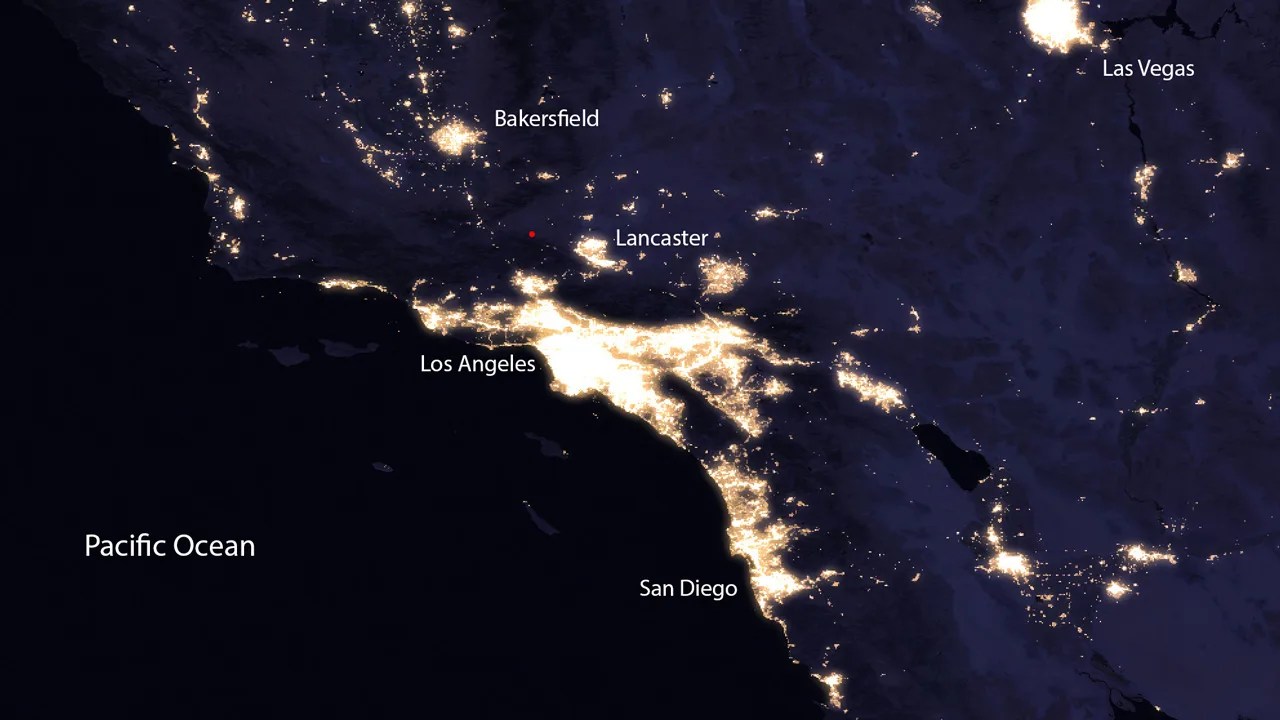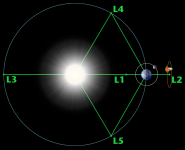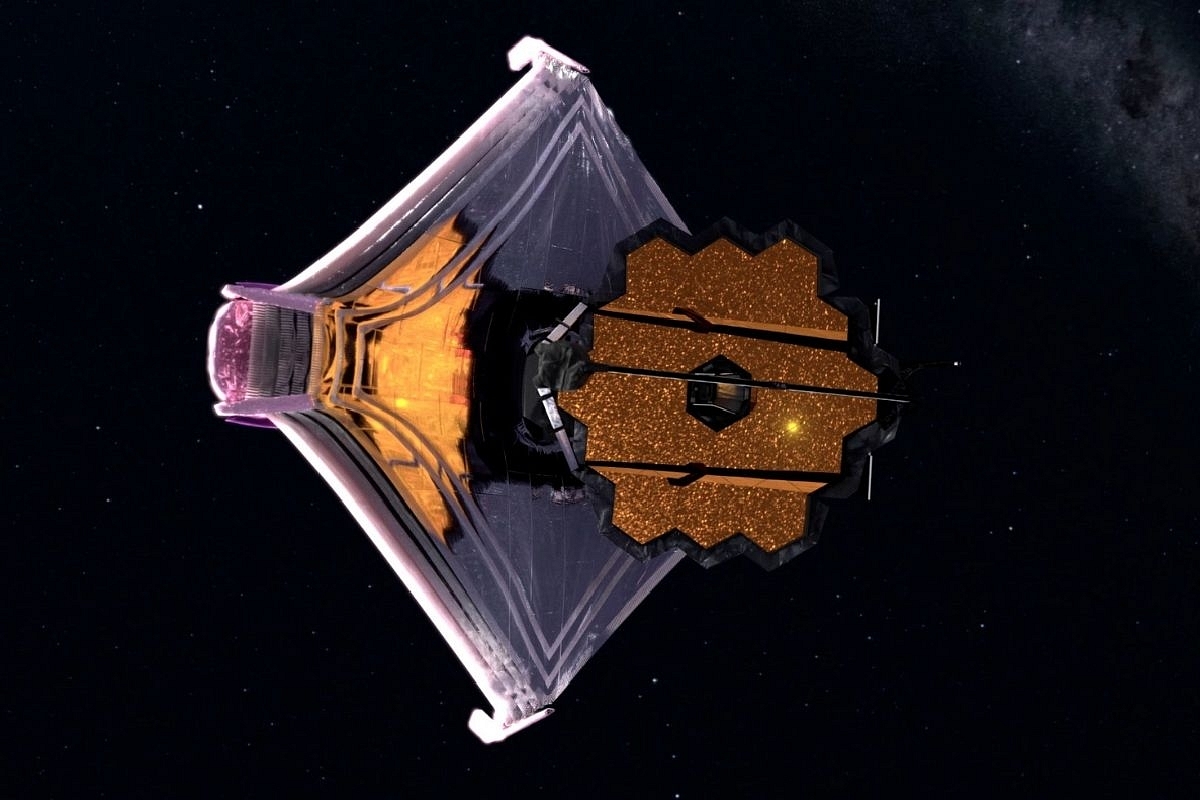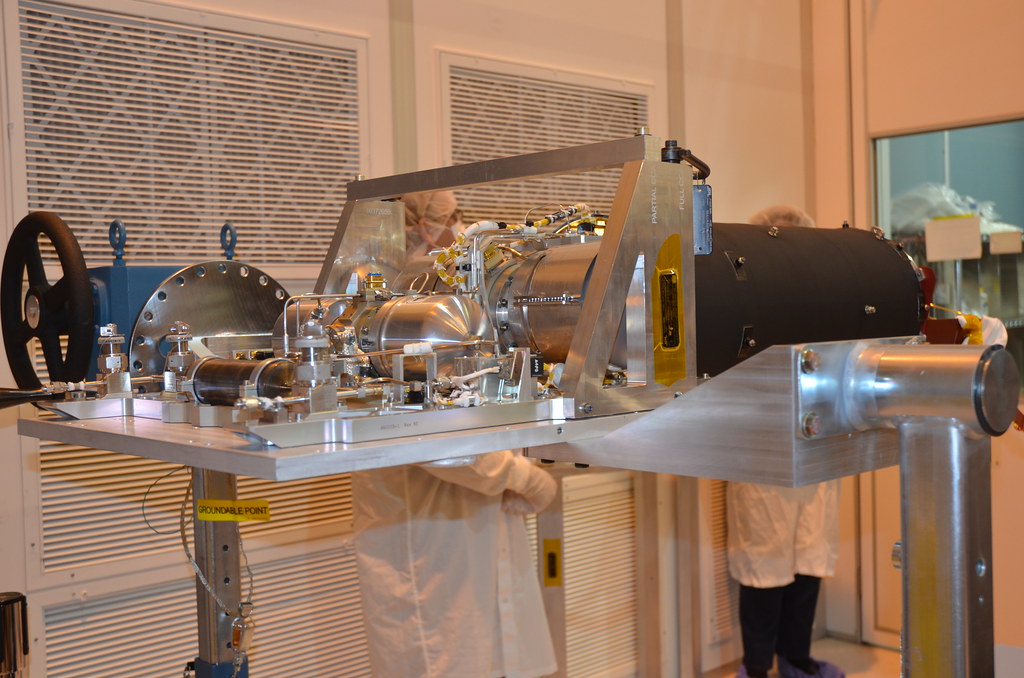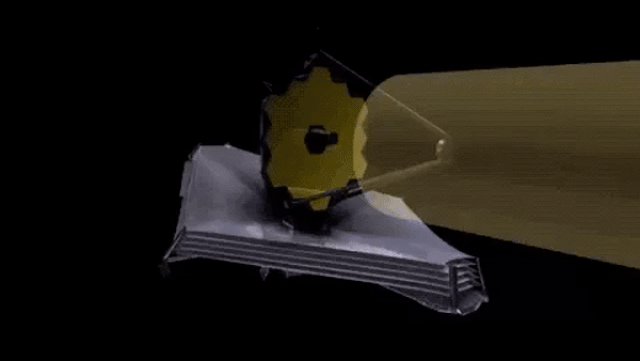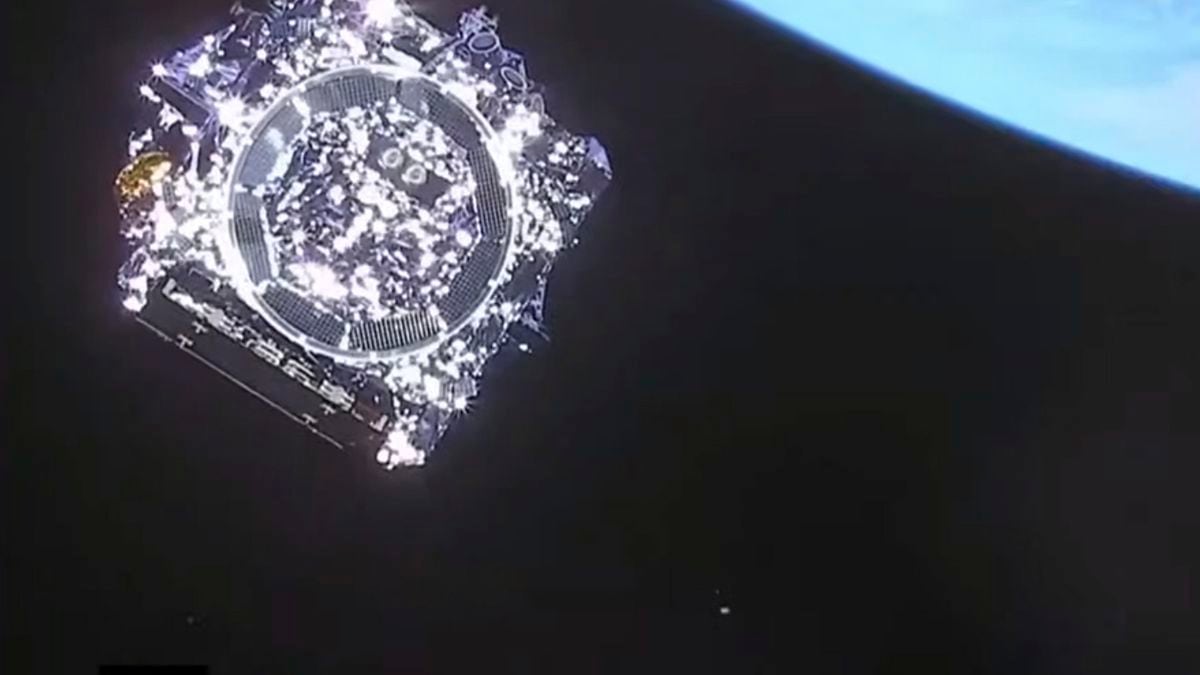- Joined
- Sep 27, 2020
- Messages
- 21,284
- Reaction score
- 17,547
- Gender
- Male
- Political Leaning
- Other
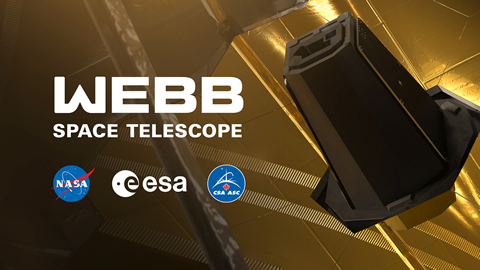
Webb Image Release- Webb Space Telescope GSFC/NASA
The Latest NASA Released Webb Image is featured on this page. The James Webb Space Telescope's revolutionary technology will study every phase of cosmic history—from within our solar system to the most distant observable galaxies in the early universe. Webb’s infrared telescope will explore a...
www.jwst.nasa.gov







